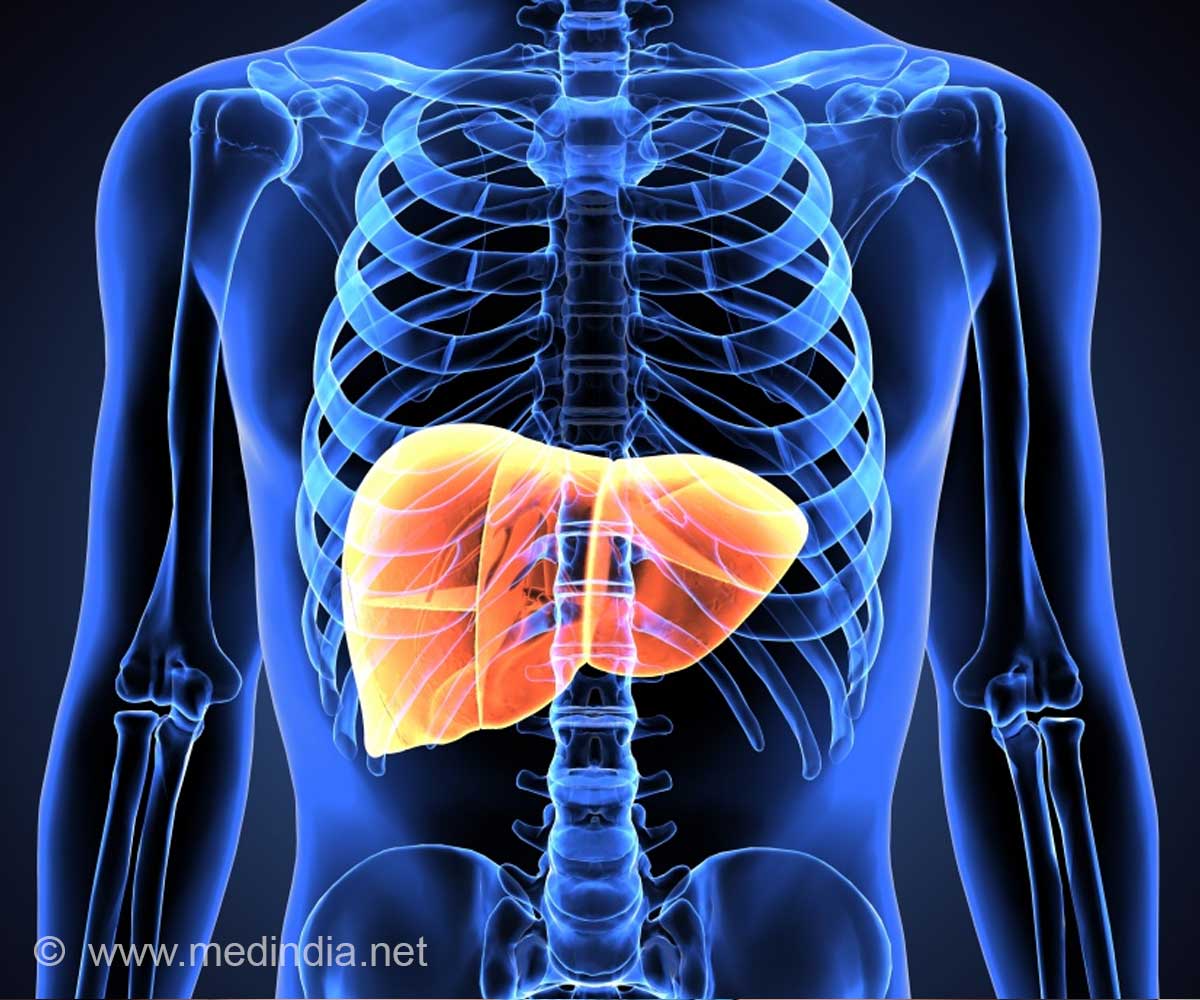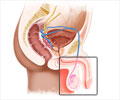The American College of Gastroenterology has updated the guidelines for liver test to enable better diagnosis of liver diseases.

- The American College of Gastroenterology has provided guidelines for liver tests for use by specialists as well as primary care givers.
- There are 19 recommendations that have been provided which include the normal range for Alanine aminotransferase
- There are stepwise algorithms for evaluating bilirubin levels, aspartate aminotransferase and abnormal ALT
- Specific ranges for normal alanine aminotransferase (ALT) levels
- Stepwise algorithms which can be used for evaluating alkaline phosphatase, abnormal ALT, bilirubin levels and aspartate aminotransferase (AST).
Normal ALT Levels
One of the significant aspects of the study is that normal ALT levels have been provided. The guidelines that were provided in the past included an upper limit of normal (ULN) that varied between organizations. They ranged from 30 to 40 IU/L (international units per liter) in certain hospitals to 70 or 80 IU/L in certain others.The current guidelines state that the normal ALT range should be between
- 19 - 25 IU/L for women
- 29 to 33 IU/L for men
Elevated Alanine Aminotransferase
The elevated ALT will aid in identifying people with- Chronic liver disease like nonalcoholic fatty liver disease
- Chronic hepatitis C and B.
Dr. Kwo further cautions that even a seemingly small increase in ALT which does not normalize after a considerable period of time requires further investigation. The lowered levels indicated in the guidelines will require clinicians a little time to get used to, but Dr. Kwo hopes that it will aid in identifying disease early and improve overall health of the liver.
Elevated ALT and AST levels
There are algorithms provided in the guidelines for elevated levels of ALT and AST. They provide a graded evaluation method that categorize elevations as- mild
- borderline
- moderate
- severe
- massive
Other Significant Guidelines
The guidelines also include- Questions pertaining to medical history
- Findings about physical examination
- Recommendations for radiological and laboratory tests needed to conduct a liver biopsy
- Guidelines for diagnostic testing for liver diseases, including autoimmune liver disease; viral hepatitis A, B, and C; nonalcoholic fatty liver disease; metabolic and genetic disorders that include hereditary hemochromatosis, Wilson's disease and alpha-1 antitrypsin deficiency
- Guidelines for diagnostic testing for liver injury caused by
- Herbal supplements
- Prescription drugs
- Over-the-counter drugs
Guidelines for Rare Diseases
The newly stated guidelines by The American College of Gastroenterology even include rare diseases like- Primary sclerosing cholangitis
- Primary biliary cholangitis
- Screening for celiac disease.
- Disorders of striated muscle
- Liver disorders of pregnancy
- Lyme disease, which could be an uncommon reason for elevated liver tests
Change In Name
The guidelines state that instead of the name liver function test, it should henceforth be known as liver chemistry test or liver test. This is because the basic metabolic panels are indirect markers of liver function and not direct markers.Hepatocellular Injury
It is the disproportionate elevation of AST and ALT levels when compared to levels of alkaline phosphatase.Cholestatic Injury
It is the disproportionate elevation of alkaline phosphatase level when compared to levels of AST and ALT.Dr. Paul Kwo stated that liver tests provide an important window into the overall health of an individual. The improved therapies that are available in this era for some liver diseases with probable options for other chronic liver diseases make it necessary to identify high risk patients and guide them to appropriate therapies. The guidelines provided will aid clinicians and other health care providers in providing the necessary support for correct diagnosis.
Reference:
- Paul Y Kwo, Stanley M Cohen and Joseph K Lim. ACG Clinical Guideline: Evaluation of Abnormal Liver Chemistries. The American Journal of Gastroenterology. (2017) doi:10.1038/ajg.2016.517
Source-Medindia














